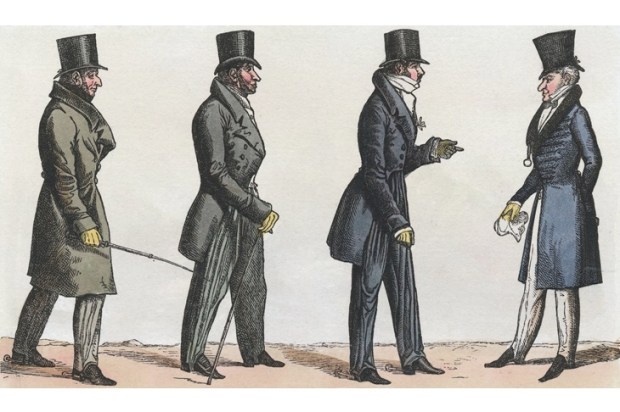Reports of the death of test cricket have, for some time, been greatly exaggerated, but last week saw the kind of death throes that remind us that such reports must one day – just as they were of Mark Twain – be accurate.
The sending of a second-tier team by South Africa to New Zealand to essentially tick an attendance box, while the top players stayed home for a T20 bash, was described by former Australian captain and cricketing great Steve Waugh as a ‘defining moment in the death of Test cricket’.
I would go further and call it a defining moment in the death of Western Civilisation, as the demise of test cricket seems to be proceeding in tandem with the general decline of our culture. Of course test cricket is dying!
Test cricket is a complex, thoughtful, multi-faceted game. Those who love it appreciate how much more is going on than might appear to the naked eye. It is a game of substance that requires a depth of learning, experience and cultural appreciation that for most began in childhood. Sometimes in a tense match, 30 minutes of nothing happening can be the most captivating entertainment you’ll find.
Test cricket is a game with a rich history that spectators bring, packed with their sandwiches, to every match. At the start of play, the image of a fresh green field with gentlemen in white lined up in the slips cordon is like viewing a timeless painting. There is a direct line between the game being played before our eyes and an afternoon friendly on a village green in Surrey a hundred years ago. When we watch the bowler running in, we are watching all the bowlers running in. We are watching a continuation of history.
Now compare T20 cricket. ‘You throw 120 balls at us and we’ll see how many we can hit over the fence.’ The strategy: slog every ball. The game is marketed at children, training them young for a culture of continuous consumption. And it gets a tad dull. Even a well-hit six loses its thrill the tenth time over. But slogging is all that’s really happening, apart from the occasional classic catch or run-out. The batters must keep the hits coming hard and fast, lest the crowd gets pause to notice that not much else is going on.
If there is a moment of inaction on the field, there is a compulsion off the field to fill it with a burst of flame or firework, rock guitar, or crowd chant. It’s as if left to themselves for 30 seconds, the crowd might see through the illusion and realise it’s just not cricket. There is no deeper sense of culture, no great tradition, no bigger reason for it happening at all, and each match is soon forgotten.
This is the audio-visual bombardment that is modern consumer culture. More, more, louder, louder, faster, faster. Bursts of stimulation, like a hit of an illicit substance, to escape the underlying lack of substance. The shots in T20 are shots of alcohol. Hits of heroin. They are junk food and TikTok videos. They are news bites.
Worst of all, they are the vacuous statements of virtue signallers, isolated grandiose gestures as substitutes for depth of purpose, that are quickly forgotten until the next fix (ture). No one even seems sure what the culture is that might be worth trying to sustain. We are losing the cricket ground beneath our feet.
As social critic Os Guinness recently put it in floral terms, ‘We are in a cut flower civilisation now – the roots have been cut, and people are still relying on the flower. But a flower in a vase will die.’
Test cricket may have been satirically cremated over a century ago, but its real death is imminent. The ashes are slowly drifting up to heaven, the only place where the game will soon be played – in a pleasant green idyll where nothing much happens.
Because nothing needs to.
Richard Castles writes Headlines You Won’t See for The Sunday Age

























